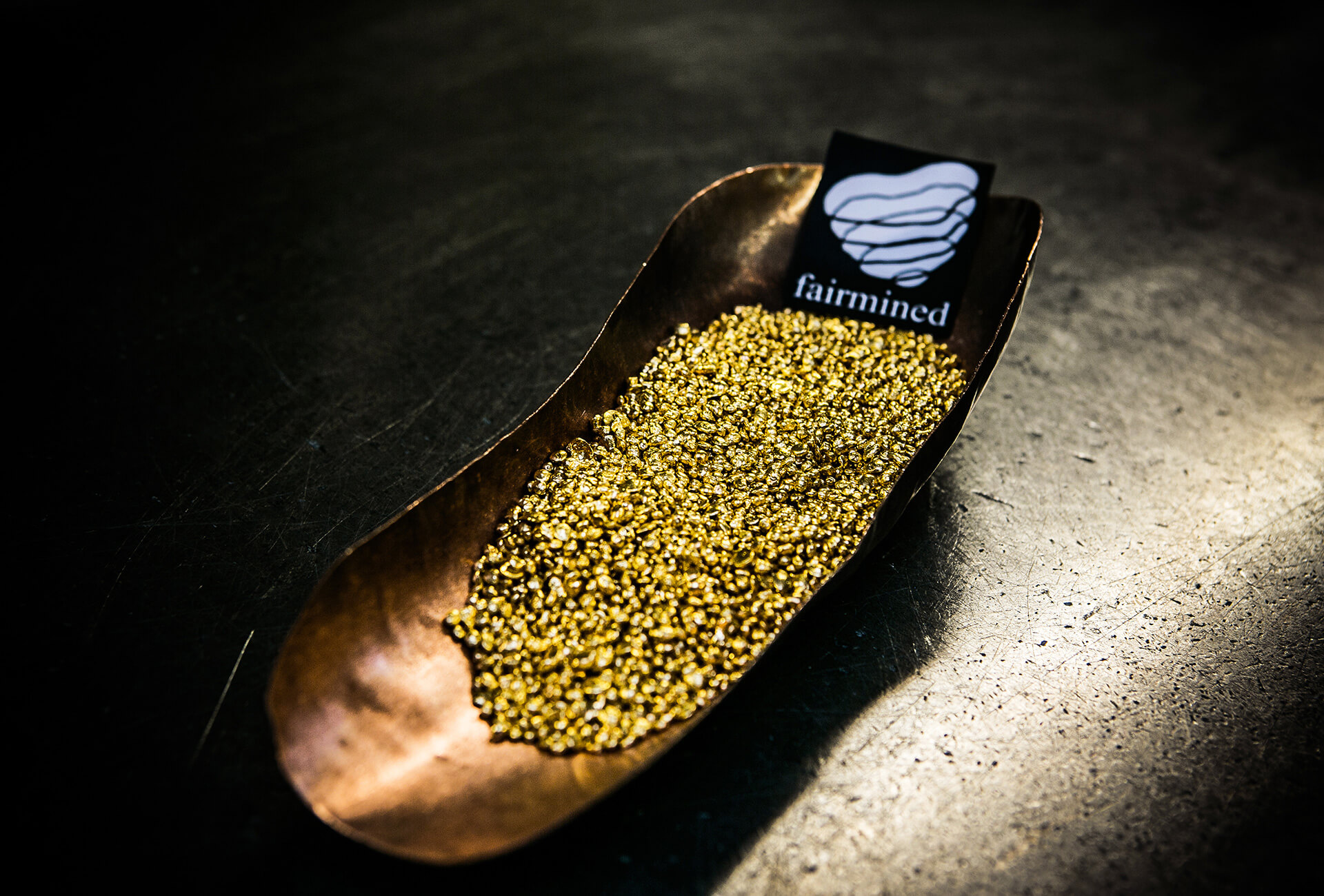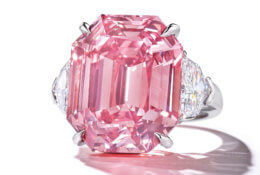On January 1st, 2021, the European Union (EU) will introduce a new regulation on conflict minerals. As explained on the European Commission website, “it aims to help stem the trade in four minerals – tin, tantalum, tungsten and gold – which sometimes finance armed conflict or are mined using forced labour.” The purpose of the regulation is to ensure that EU importers of these minerals meet international responsible sourcing standards, set by the Organisation for Economic Co-operation and Development (OECD). A necessary step in the right direction? Last year, Human Rights Watch, an NGO, published a report on gold and jewellery sourcing by thirteen luxury watch and jewellery companies. It concluded that further efforts were required to ensure that supply chains were fully respectful of human rights. The NGO observes that around 40 million miners are employed in the artisanal sector, where child labour and human trafficking are rife, and environmental standards poor.
With 1,100 members, the Responsible Jewellery Council is not just an organisation; it is a movement.
Shedding further light on the matter, the Fondation de la Haute Horlogerie hosted two panel discussions inside the Auditorium at last week’s SIHH, both on the ethical sourcing of gold and diamonds. Andrew Bone was first to speak. He is Executive Director of the Responsible Jewellery Council (RJC), an organisation set up in 2005 to certify good practices by companies involved in the gold and diamond supply chains, from mine to retail. As he explained to the audience in the Auditorium, “the standards laid out by the Responsible Jewellery Council are now globally recognised. From the 14 founding members, the RJC has more than 1,100 members. Today’s RJC is not just an organisation. It is a movement that is continually evolving and a growing community of confidence.” Indeed, confidence is vital in an environment where diamonds, as well as cash, can potentially be laundered, and where compliance and due diligence are the only filters, as Courtenay Ross, CFO of Richold, a diamond supplier, explained.
A growing awareness
In this context, regulations, certification schemes, legal compliance – in a word, anything that will reinforce the chain of control – are seen as a necessity, and in many instances a prerequisite to doing business in either supply chain. “There are procedures that have to be implemented in order to comply with legislation or certification criteria,” Courtenay Ross continued. “Companies should see this as an investment.” Speakers at the second session illustrated Mr Ross’s belief that there is a growing awareness and understanding of the need for compliance. Valcambi and PAMP, both refiners, the Swiss Better Gold Association and Kering all described efforts made with regard to due diligence and traceability, how they are supporting artisanal mines, and the new products coming out of these ethical strategies, such as eco-gold and recycled gold – not forgetting commitments to the social and environmental aspects of sustainable development.
Kering is an excellent example of progress in this area. Claire Piroddi, Sustainability Manager Watches & Jewelry for the group, detailed its strategy: “We have been working on sustainability for over fifteen years and have set out our objectives in a ten-year sustainability strategy, launched in 2016. Our calculations and analyses showed that 80% of the environmental impact of our watches and jewellery is linked to the extraction of precious metals and diamonds. In response to this, we have introduced standards for raw materials and production processes. At the same time, we are supporting artisanal and small-scale mines, in particular those with Fairmined and Fairtrade certification. One way we do this is through a fund, financed by our brands, which supports social and environmental projects within these mining communities. As a result of these measures, responsible gold now covers 73% of our needs compared with 17% three years ago. Kering didn’t introduce these measures under pressure from the markets, but it’s a fact that consumers are increasingly concerned with transparency and traceability, and these will clearly become the norm.” As demand evolves, responsible sourcing is likely to face two other difficulties: the availability of ethical gold in sufficient quantity, and traceability of lab-grown diamonds which are increasing their market share. Just some of the many facets of sustainable development.












